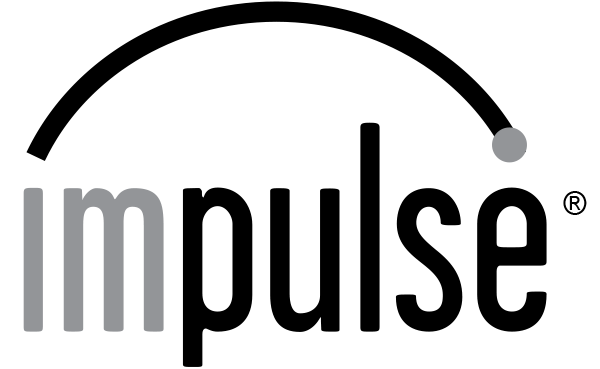Practitioner Locator Online
Map powered by "The International Spine Research Foundation" (INSPIRE)
INSPIRE raises funds to support scientific research for the purpose of advancing the understanding of spinal-related disorders and improving patient care. The INSPIRE team conducts research and supports the funding of research projects by other investigators.
What You Should Know When Selecting A Neuromechanical Impulse Care Doctor
Primary Care Doctors
![]()
Many primary care practitioners support a wide range of care including Neuromechanical Impulse treatment. Your primary care doctor is likely to refer you to a Doctor of Osteopathic Medicine or a Doctor of Chiropractic specializing in Impulse care.
Orthopedic Doctors
![]()
A growing number of Orthopedic Doctors use Neuromechanical Impulse treatment in functional practice. It is often more difficult to obtain an appointment directly without a referral from your primary care physician. Your primary care physician may not know which Orthopedic offices offer these services.
Rheumatology Doctors
![]()
Doctors of Rheumatology often see patients with complex symptomology. Rheumatologists who have Neuromechanical awareness will likely refer you to a Doctor of Osteopathic Medicine or a Doctor of Chiropractic specializing in Impulse care.
Chiropractic Doctors
![]()
Narrowly focused training in systemic nervous systems, tendon/ligament, mechanical joint movement and conditions of the spine. Notably the most predominant group implementing this care, their hands-on experience and practical knowledge prove advantageous in Neuromechanical Impulse Treatment.
Neurosurgery Doctors
![]()
Doctors of Neurosurgery see patients referred to them for surgery. This group of doctors use advanced methods to determine the necessity of surgery. They often refer patients to other specialists if a positive outcome is likely without surgery.
Osteopathic Doctors
![]()
Considered a specialist among medical doctors, Osteopathic Doctors have advanced practical training in systemic conditions caused by the nervous systems and mechanical joint movement. (Neuro-Mechanical Systems) Rather than treating symptoms these specialists are highly focused on identifying the root cause.
Neuromechanical Impulse Common Treatment Areas
Neuromechanical Impulse addresses over 85 common and advanced conditions. The following examples are some of the most comon.

Shoulder-Arm-Wrist
Shoulder, arm, and wrist pain are common complaints that affect millions of people worldwide. The pain can range from mild discomfort to severe pain, and it can be caused by a variety of factors, including injury, overuse, or underlying medical conditions.
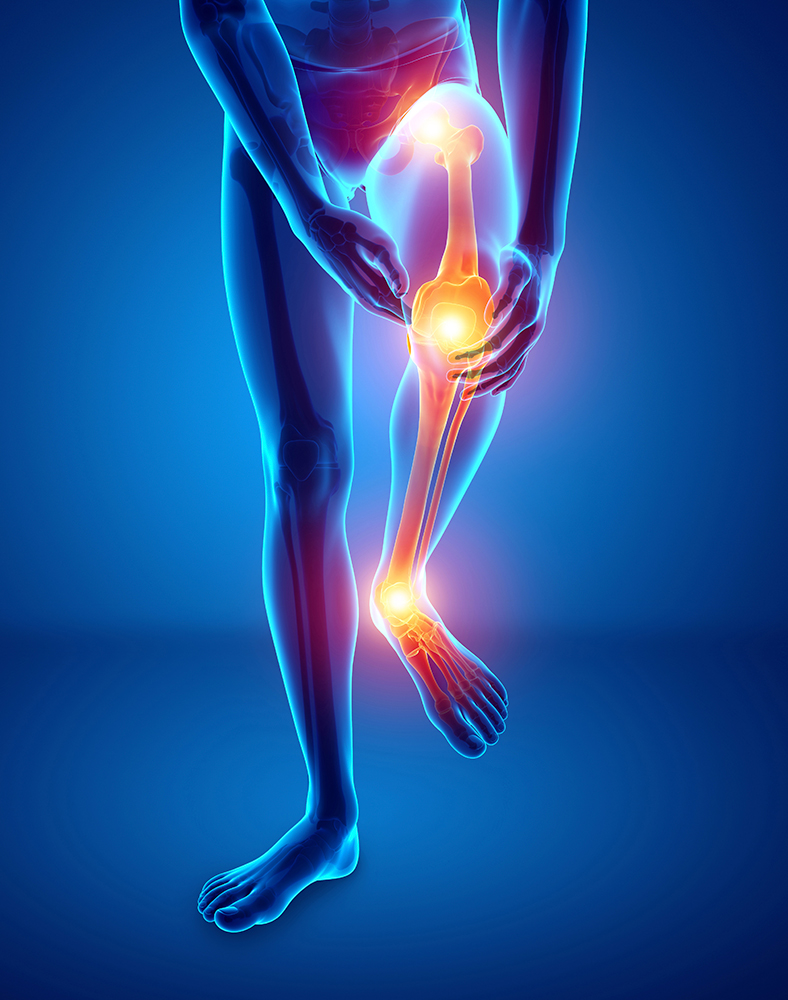
Knee-Leg
Knee and leg pain can be caused by including injuries, overuse, and various medical conditions.
Leg and knee conditions can significantly impact daily life, depending on their severity and the individual's overall health. Here are some possible causes and remedies for knee and leg pain:
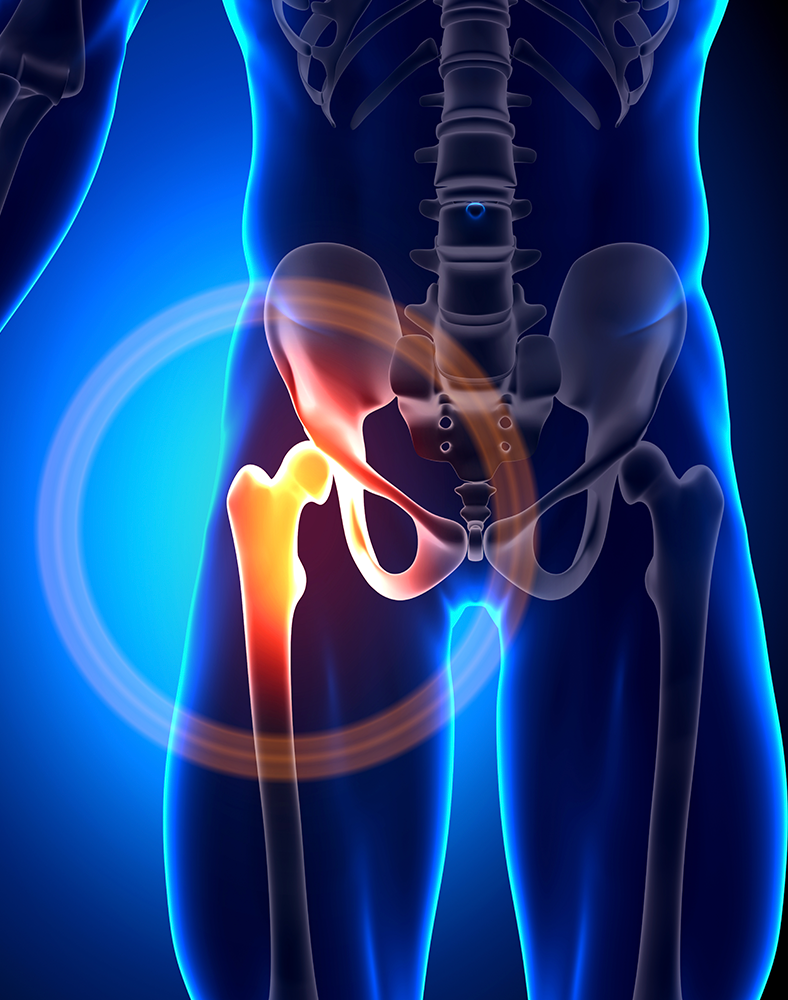
Hip-Pelvis
The pelvis and hip are interconnected structures that play crucial roles in supporting the upper body, providing stability, and facilitating movement. Various conditions can affect the pelvis and hip, including injuries, degenerative diseases, and structural abnormalities.
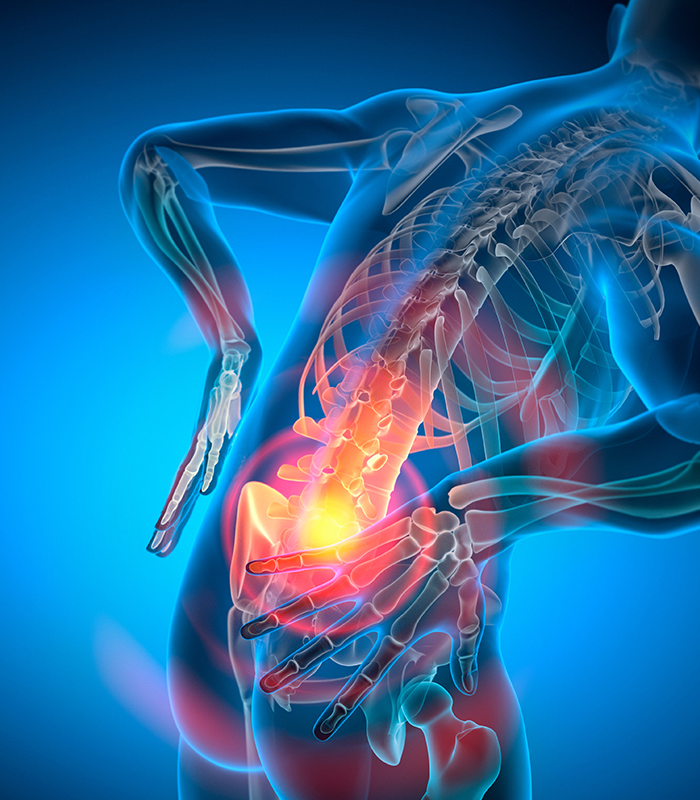
Lower Back-Sciatic Nerve
Lower back pain is a common condition that can be caused by various factors, such as muscle strains, herniated discs, spinal stenosis, or degenerative disc disease.
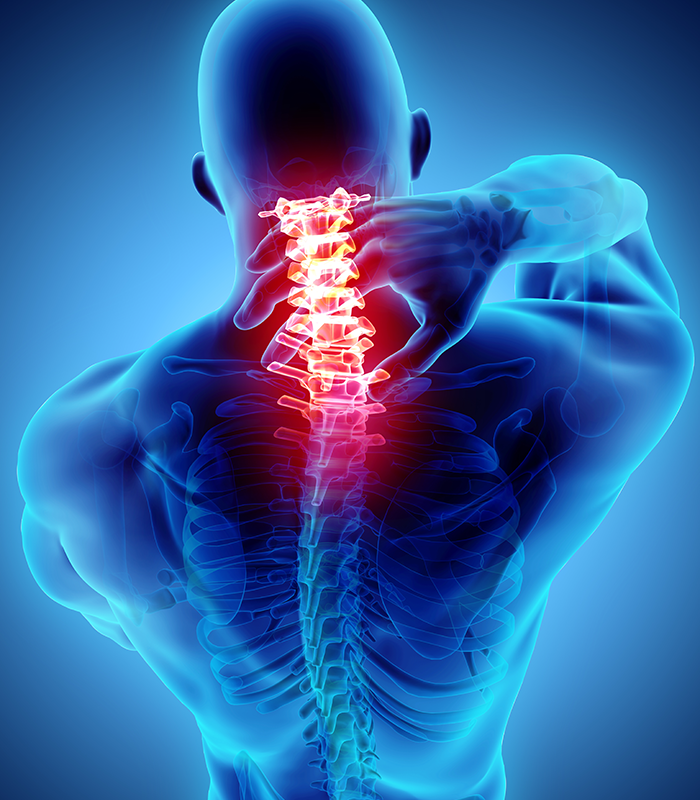
Neck-Spine
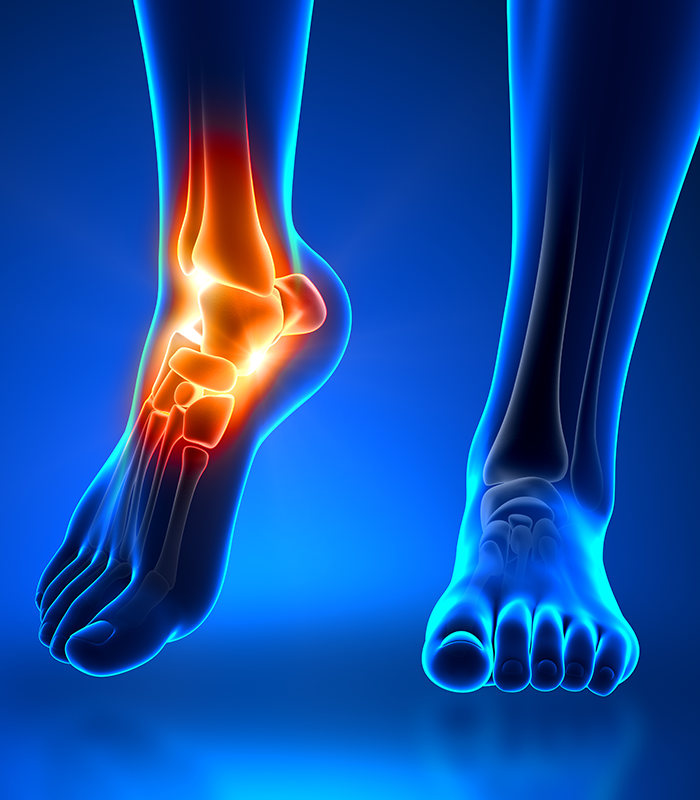
Ankle & Foot
Your Wellness Journey
Starts Here
Please use this form for help with Neuromechanical Impulse Therapy.
We will connect you with a practitioner in your area.
